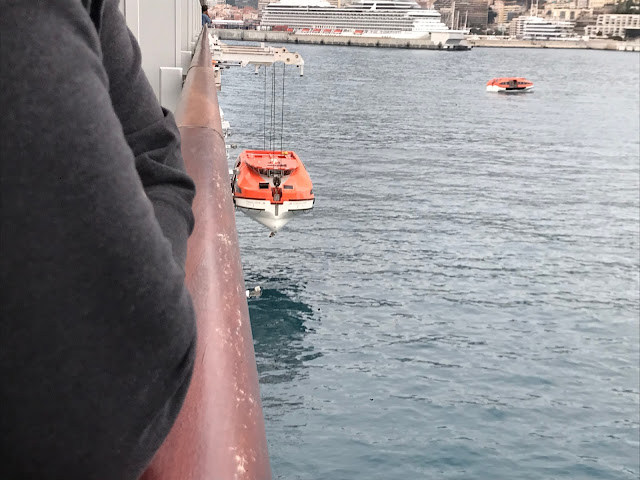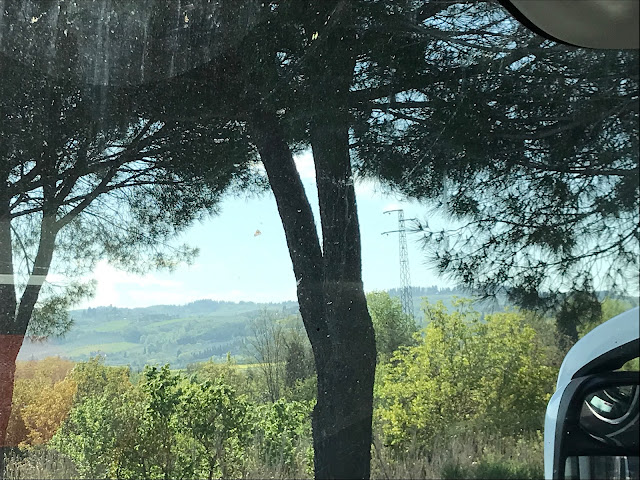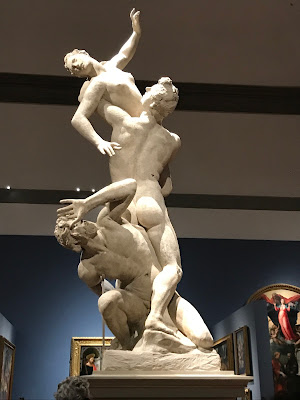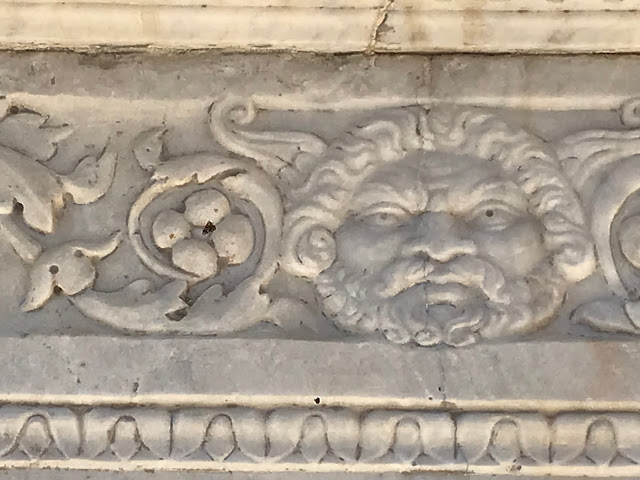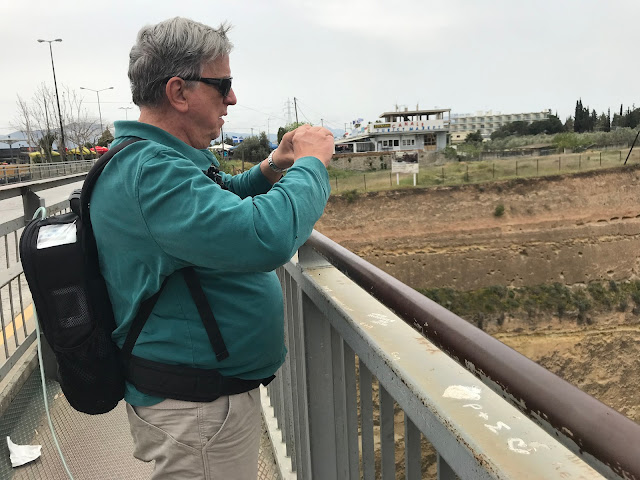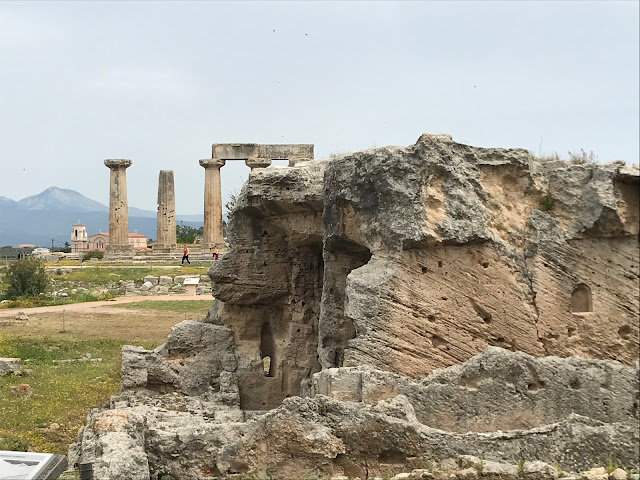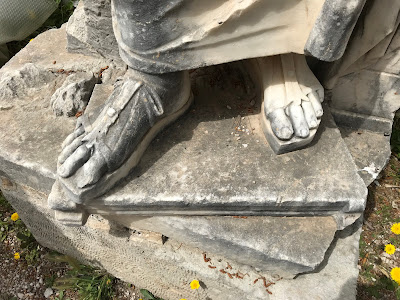April 28-29, 2022
70's. It started off around 55 degrees for our day in Barcelona so I dressed a little warmer than I should've. By the time we returned from our excursion, I had to change completely, from warmer knit pants and sweater to linen and cotton slacks and top!
4/28/2022 Oh, how delicious a sea day can be! We were free to do as little as possible. The only obligation we had was choir practice, then we headed down to the thermal suite which we had practically to ourselves. The warm waters of the thelassotherapy pool were heaven to my aching legs and feet. After a string of high step count days, we needed the respite.
4/29/2022
We tried to get on the excursion that would take us inside the La Sagrada Familia Cathedral, but we were waitlisted and never got a place. Fortunately, we saw it in 2018, so it wasn't a cause for deep despair, but we enjoyed it so much last time and wanted to see if any progress had been made in the building of this sacred space that has already been under construction for more than a century. So instead, we opted for the included tour of Barcelona. There were supposed to be 31 on our bus, but only 9 of us showed up. That made it nice for us, but I felt bad for our guide and driver. These folks live on tips and they have had very little work over the last two years.
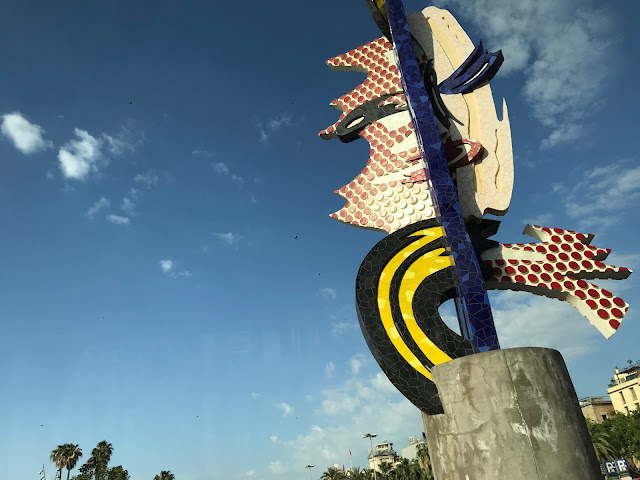 |
| Barcelona loves its public art. This installation is a Lichtenstein, an American pop artist. |
If we couldn't see the interior of La Sagrada Familia, we were at least treated to a walk all the way around it. The tower to the right is the Virgin Mary tower which I don't remember from 4 years ago. At that time there were four towers for the four gospel writers and the Jesus tower is still rising from the center. It will eventually be over 500 ft. tall.
 |
| Ruins of a Roman temple dedicated to Caesar Augustus. The property owner was not allowed to pull down the remaining Corinthian columns so they built around them! |
 |
| A small group of demonstrators demanding a 35 hour work week. |








